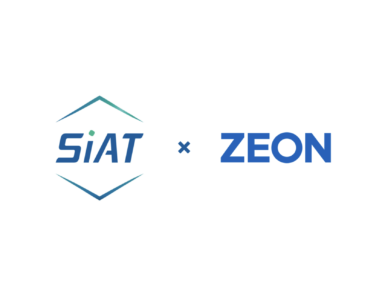Faraday Institution launches first physics-based battery modelling standard.
The Faraday Institution has launched the Battery Parameter eXchange (BPX), an open standard for physics-based lithium-ion battery models. The standard defines the battery parameters, the equations that use the parameters, and the reporting of experimental measurements used to validate the reported parameters.
Physics-based battery models can deliver accuracy and insight into long-term performance in a wide range of scenarios. However, the complexity of physics-based models and lack of a common definition has limited their use to specialist teams within large companies, each creating their own modelling schemes that are difficult to compare with those of other companies.
The purpose of BPX is to reduce costs and time-to-market through a common definition of physics-based battery models that can be used widely across industry. BPX will make it easier for manufacturers and developers of all sizes to leverage the accuracy of physics-based models in a broad range of scenarios, which will reduce costs and stimulate innovation.
🔥 What about we co-host a webinar? Let's educate, captivate, and convert the battery economy!
Batteries News is the global go-to online magazine for the battery industry, we can help you host impactful webinars that become a global reference on your topic and are an evergreen source of leads. Click here to request more details
Professor Pam Thomas, Chief Executive Officer, Faraday Institution said:
To meet the growing speed of change and demand from industry and society, improvements need to be made to battery performance, longevity, sustainability and safety.
“Years of advanced model development, a five-year investment in our Multi-scale Modelling Project, and the spin out of About:Energy sit behind the BPX standard. Its introduction will both speed up design and development cycles and reduce the need for expensive physical prototyping.”
Rob Millar, Head of Electrical, WAE, said:
Cutting-edge automotive consulting and design is a heritage UK strength that is currently undergoing transformation with the global switch to electrification.
“We believe physics-based battery modelling has a valuable role to play in accelerating this change and the BPX initiative supports the industry drive for improved battery performance, longevity, sustainability and safety.”
Professor Gregory Offer, Imperial College London, said:
Design of an optimal battery system for a particular application demands a deep understanding of battery performance under a wide range of conditions.
“The physics-based model codified in the BPX standard makes that knowledge and understanding more available for engineers to solve real world problems. Making that knowledge widely available is a powerful enabler for the optimisation of lithium-ion technology and its successors.”
Industry standards require maintenance and a clear technical, commercially informed roadmap. To this end the Faraday Institution is exploring the development of a Faraday Standards Forum, an industry/research partnership that could be launched in 2023 and that could own the roadmap for the maintenance and development of BPX.
Want to know more / get involved?
- Attend the high-level webinar, Delivering “Industrial Strength” Physics-based Battery Modelling, 2 pm, 7th December 2022. Register
- Attend a “deep-dive” follow up briefing for industry organisations: 2pm, 11th January 2023. Interested? Email bpx@faraday.ac.uk.
- Visit the BPX website and download the standard.
- Download Faraday Insight 15: The Value of Modelling for Battery Development and Use
READ the latest Batteries News shaping the battery market
FARADAY INSTITUTION LAUNCHES FIRST PHYSICS-BASED BATTERY MODELLING STANDARD, HARWELL, UK, 7 December 2022








